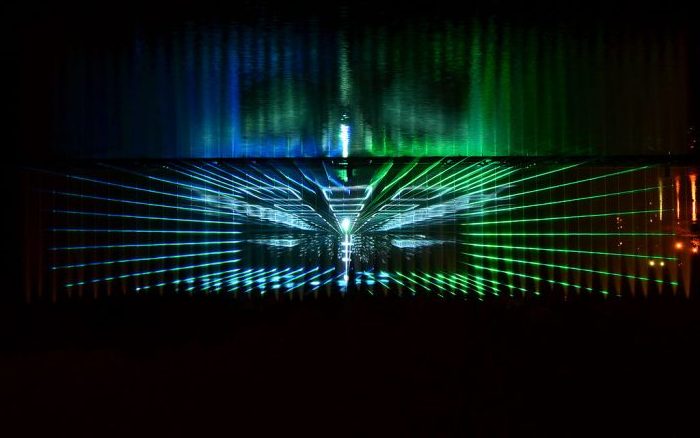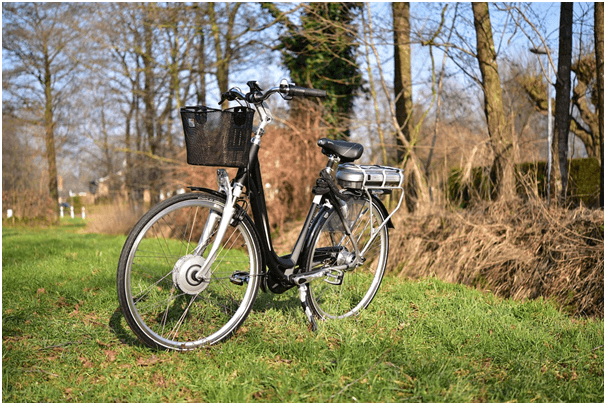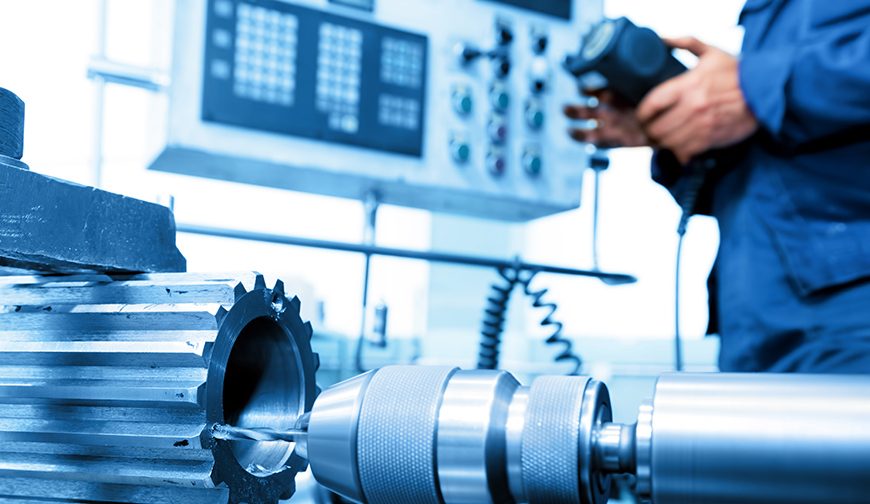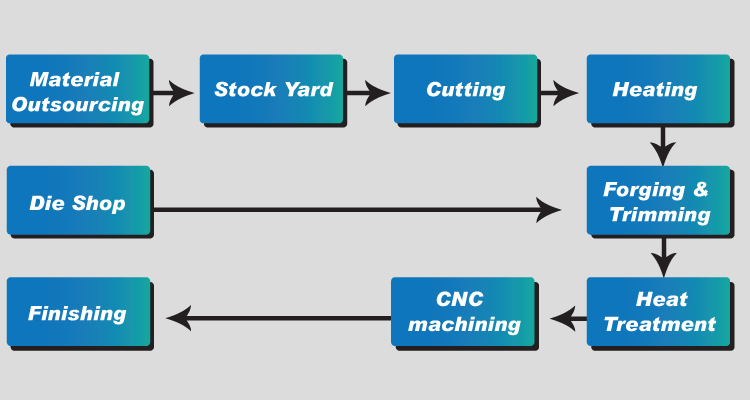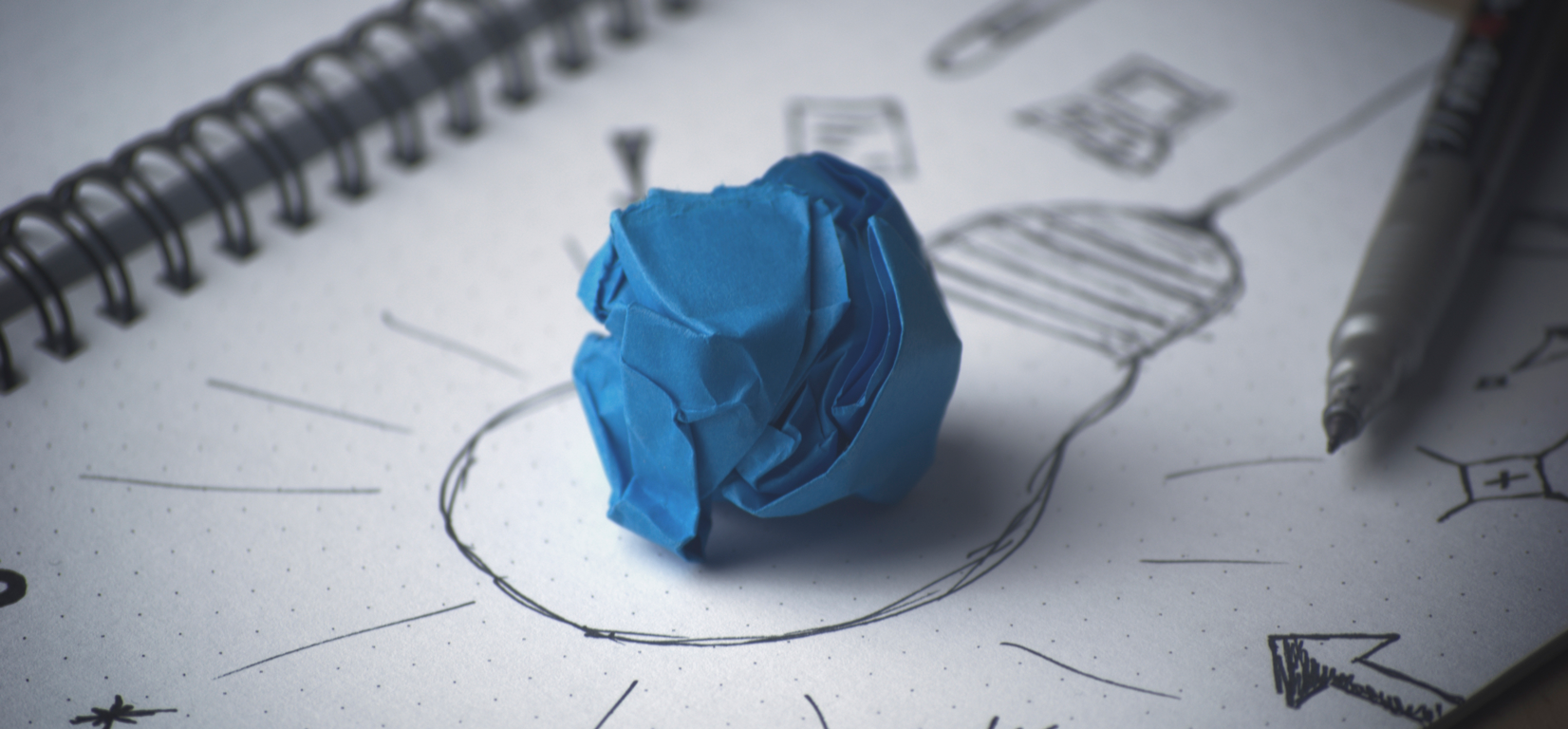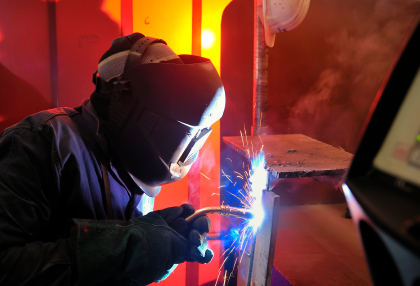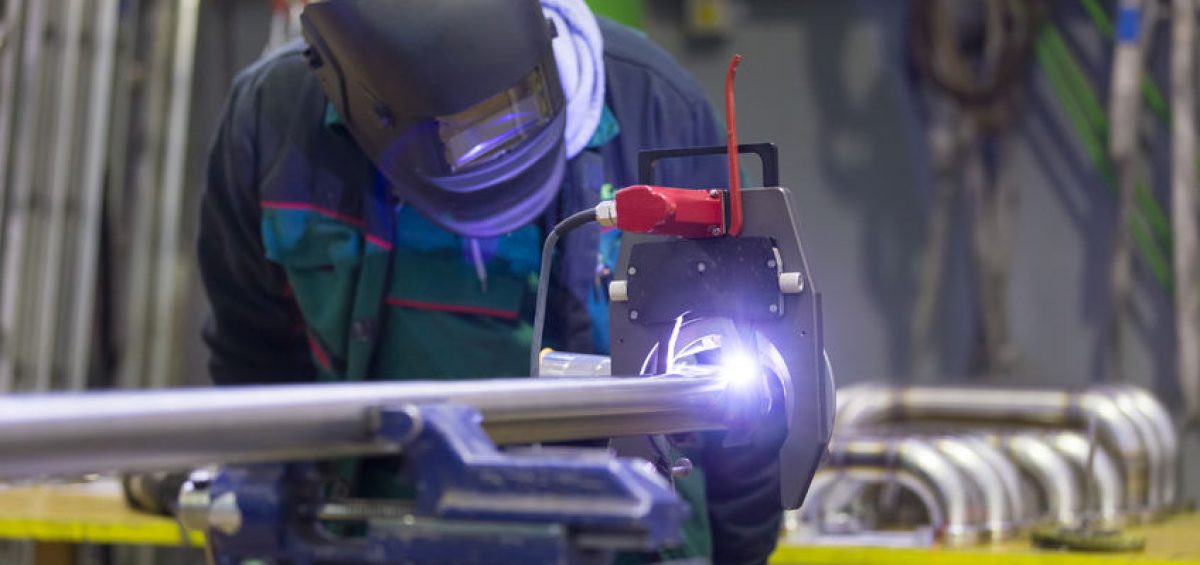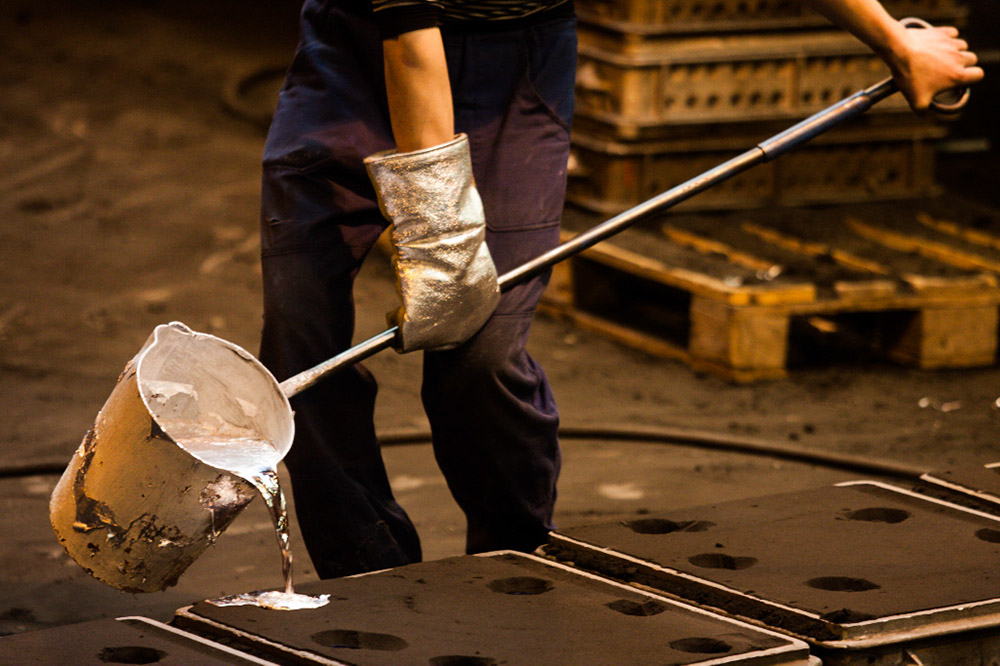Gone are the days when the big screens were only for watching movies. Today you go to any event the big LED screens are a must, and why not they are an amazing way to advertise both indoors as well as outdoors. Big LED Screen grabs the attention of this new generation in every event. Be it a race day experience, a cricket match in the stadium, or commercial exhibitions and more. Big LED screens enhance the experience of their crowd, think of a cricket ground without the LED screens, they have become a necessity than a choice. Whether you are planning a film premiere or want to do a sponsored promotion display in a commercial exhibition, LED big screen is a great way to get noticed.

You might think that setting up these LED screens are complicated and may have tons of questions in your head. Always buy them from an authentic place like Bibi Led, as you will get all the support you need. Pre-sales support of engineers, who can answer all your questions, provide solutions as well as an end to end technical training and customized post sale support.
If you think you don’t really need a Big LED screen for your big event, then it’s time to think again. Read through the article to get a clarity on the impact of LED screens in today’s generation when everyone needs something extra to remember even the Gala events.
Why LED Screens?
The foremost reason is LED screens has the highest quality of pictures any other screen can produce. LED is a small panel of three different lights that is red, green and blue, which creates a pixel of an image. One doesn’t have to bother about the size of the screen, as because a huge number of pixels can be combined together to form a never-ending screen without compromising on the quality of the pictures.

Benefits of LED screens
Something that can bring spark to your big event is LED screens, mentioned below are some of the benefits of having a big LED screen in your event.
- LED screens can be used both for outdoor as well as indoor events. Though the pixel pitch would differ, you will have to specify your need and purpose while buying one from Bibi Led.
- LED screens have high definition image transmission technology that gives excellent picture clarity even during the daytime without any impact of the daylight. The screens for outdoor events are waterproof so you don’t have to bother about any type of weather condition.
- LED Screens are flexible and they can be fixed even in conventionally tight places. Whether you are playing a video, an audio or a sponsored promotion, you can be assured that the audience has definitely seen what you wanted them to see because of their brightness.
- Usually it is difficult to communicate with your audience in a big event because of huge crowd, sound etc. And announcing instructions or certain guidelines again and again can spoil the event, displaying your message or content on an LED screen is a great way to convey message to the larger audience.

LED Screens
The budget might be a concern at the first thought but one cannot underestimate the power of visual impact in today’s time. Audience buys stuff from brands they can recall and LED big screens are a great way to get into a customer’s head. With trusted brands like Bibi LED that meets US standards and are compliant, get all your LED Screen solutions under one roof. Leave your mark on your audience with LED screens and reap the long-term benefits.
